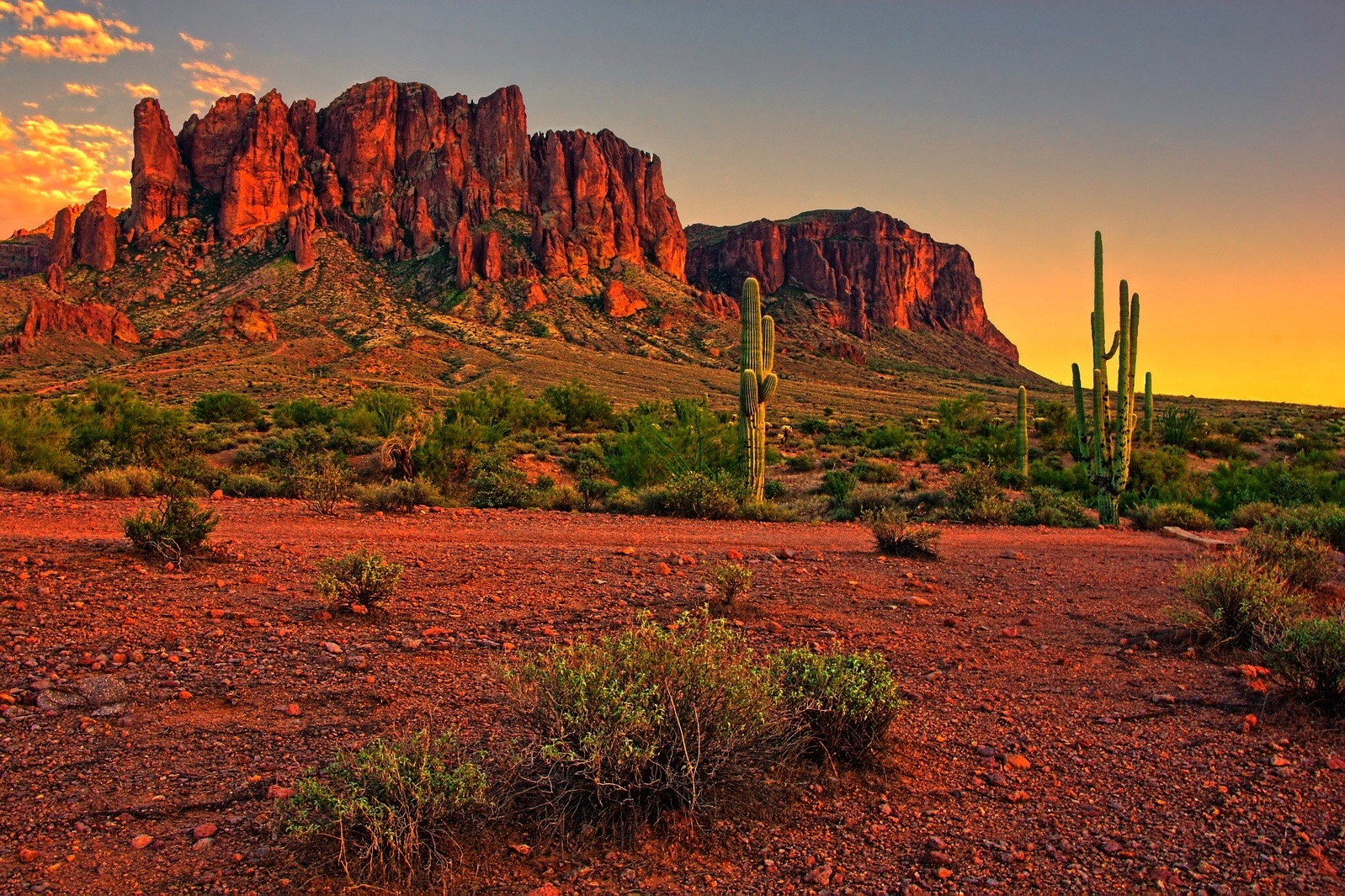Why People Are Moving to Phoenix
Plenty of jobs, affordable homes, great weather, and plenty to do in a beautiful, rugged landscape add up to a fine place to live. These, and more, are the reasons that people continue to flock to Phoenix. Currently the fifth largest city in the United States, Phoenix welcomed approximately 70,000 new residents between 2013 and 2014, making Maricopa County one of the fastest-growing counties in the nation. So what, exactly, does Phoenix have to offer new residents?

Jobs
Thanks to an aggressive pro-growth culture that’s still fostered today, Phoenix has been one of the top job-producing cities across the U.S. for decades. Local economic development agencies and pro-growth policies attract new employers in droves. High tech, medical and scientific research, and construction still form the basis of the metro Phoenix’s economy, although jobs are plentiful in other employment sectors. Some of the major corporations who have a large presence in Phoenix include Walmart, Verizon Communications, Amazon.com, and UnitedHealth Group. Just like any other fast-growing metropolitan area, Phoenix has experienced an exponential growth in startups, with some locals even dubbing their city Silicon Desert.

Climate
Phoenix natives can probably count on one hand the times they’ve seen snow. Winter temperatures range from the 40s for the lows to the high 60s and low 70s for the highs.
Summers are unquestionably hot and air conditioning season normally runs from May through October. Temperatures over 110 degrees aren’t uncommon.
Many Phoenicians look forward to Arizona’s summer rainy season. The push of humidity from Mexico causes strong afternoon and evening thunderstorms. Some start with a haboob (a towering cloud of wind-driven dust) followed by heavy and concentrated rainfall, powerful lightning, and booming thunder.
Winter weather is generally quiet and is characterized by mostly sunny days. Storms come from the northwest and sometimes bring cold (relative to Phoenix) rainfall and an occasional frost with them.

Recreation
The Phoenix area is ringed with mountains that offer plenty of outdoor opportunities like hiking, horseback riding, mountain biking, picnicking, and camping. Water sports are plentiful in the Salt River Project lakes that lie to the north and northeast of the city.
These lakes accommodate virtually any kind of water activity. Essentially reservoirs, these five lakes hold snowmelt and runoff from the mountains above the Mogollon Rim. With elevations that reach over 11,000 feet, this area provides summertime relief from the heat and winter sports.
Some of the best golf courses in the country are within the Phoenix metro area, like those at Desert Mountain, TPC Scottsdale, and Raven Golf Club. Public and private swimming pools are also common.

Major Attractions
The metro area is home to professional football, baseball, basketball, and hockey teams, along with NASCAR events. You’ll find notable symphonic orchestras, plenty of concert venues for all kinds of live music, art and science museums, and galleries.
Shoppers will find major indoor malls in good supply throughout the Valley that provide social and recreational activities beyond shopping. Given its history and proximity to the border, the city has many authentic Mexican restaurants.
Besides the surrounding mountains, numerous mountain parks lie within Phoenix’s city limits. Camelback Mountain and Piestewa Peak lie within the city of Phoenix. South Mountain Park, the second-largest urban park in the U.S., encompasses more than 16,000 acres of multi-use parkland.

Neighborhoods
Phoenix’s neighborhoods are what makes the city feel like less like a major metro area and more like a community. Some, like The Biltmore, reflect the city’s early roots as a destination for resort-seeking tourists. Homes at The Biltmore are among the most sought after in the Valley and sit on lush and manicured grounds next to a golf course. The Arizona Biltmore Hotel anchors this community and is still a destination for high-flying tourists.
Drive a few miles south and you’ll find historic neighborhoods like Laveen Village, where people still graze horses and raise chickens. Besides these early ranches, you’ll find relatively new homes in subdivisions. Its easy access to the freeways and major employment centers of Downtown Phoenix make this area an interesting and historic residential pocket in the heart of the city.

